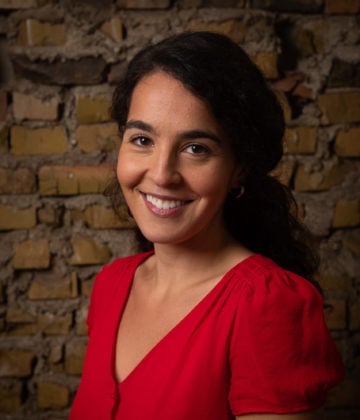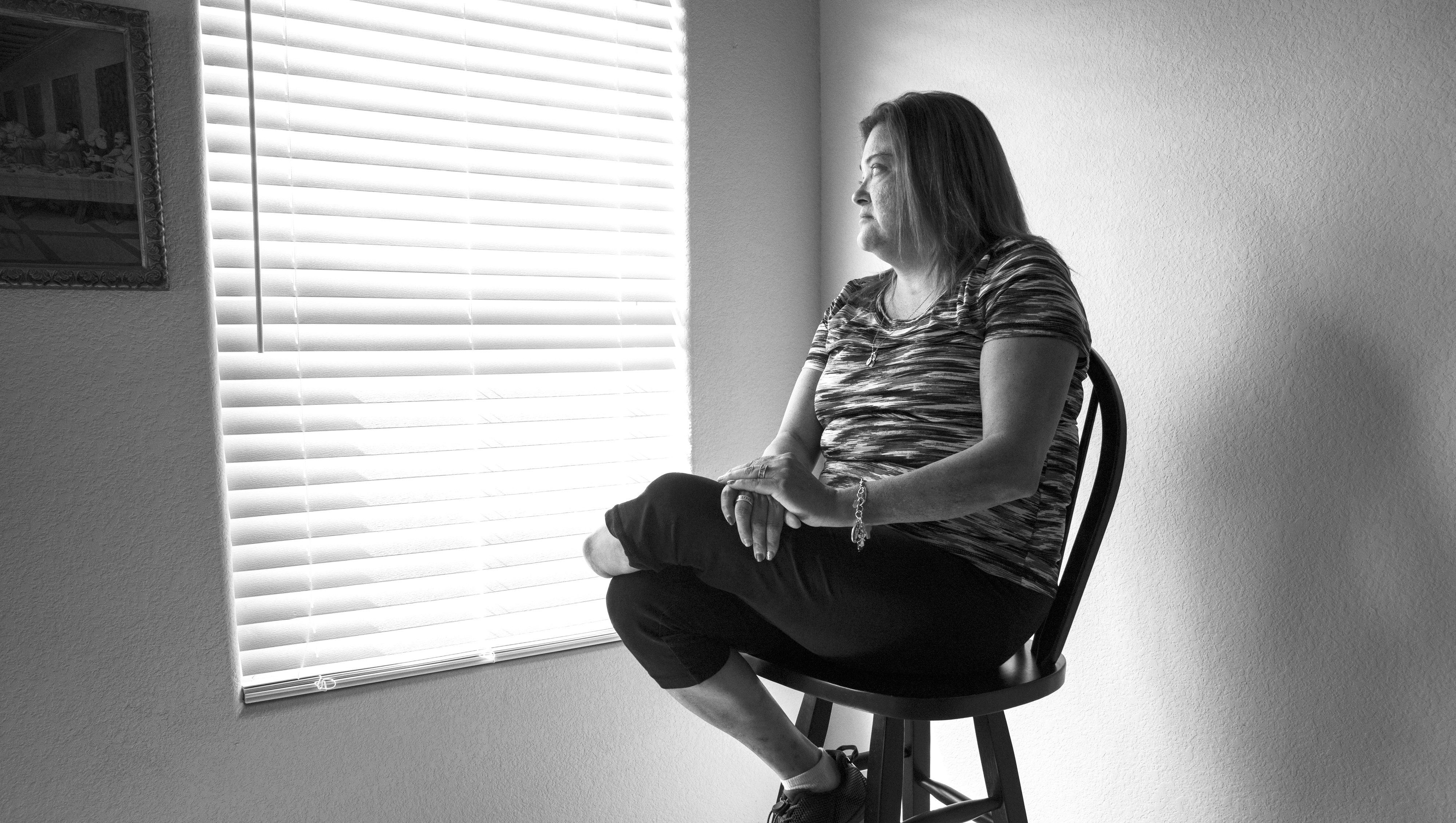
Daniel Zamora still remembers the smell. At first he didn’t realize anything was wrong. A small blister appeared on his left pinky toe where his sneaker rubbed against his skin. He had developed blisters before, but this one wouldn’t go away. First the tip of the toe darkened, slowly turning the jet-black color of his hair. Then the color spread toward the rest of his foot.
He was used to ignoring such things. It was 2016, and Zamora, now 55, had gone his whole life without health insurance. Born in Matamoros, Mexico, he moved across the border with his family to Brownsville when he was about 6 years old. For decades, Zamora, a legal permanent resident, worked maintenance jobs for low pay and no benefits. He couldn’t afford to take time off or see a doctor. Sometimes, when he wasn’t feeling well, he’d brew an herbal tea from the leaves of the moringa tree just outside his front door. He often tried curing his cuts and blisters with ointment or rubbing alcohol. Occasionally, if things got really bad, he reluctantly went to the emergency room, where, he says, doctors made snide remarks about his inability to pay.
So he waited. Maybe it would pass.
Finally, the smell got unbearable. Like road kill in the hot South Texas sun. A couple of months after the blister appeared, Zamora drove 2 miles to Valley Baptist Medical Center, where doctors quickly diagnosed him: His diabetes, uncontrolled for years, had blocked blood flow to his toe, preventing it from healing. What began as a minor blister was now a life-threatening emergency. Zamora says the doctors sent him home with medication to treat the wound, but a few weeks later he went back to the ER, where he had two toes on his left foot amputated to prevent gangrene from spreading up his leg.
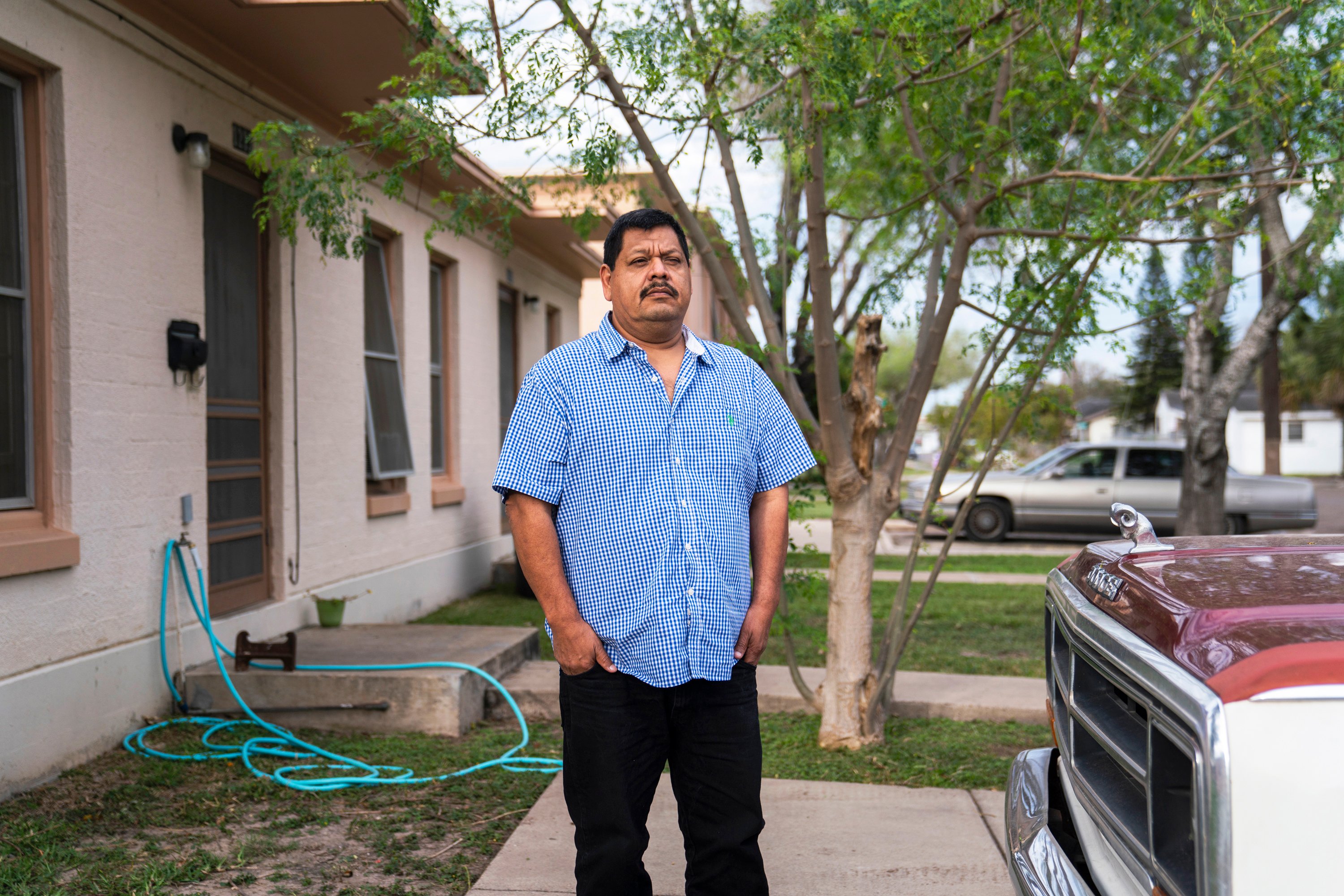
When Zamora found out he had diabetes, about 10 years ago, it didn’t come as much of a surprise. In the Rio Grande Valley, nearly one in three people has the disease, triple the national rate. The Valley is among the poorest and least-insured regions in the country. It’s also overwhelmingly Hispanic, a population that has a higher risk of developing type 2 diabetes.
Perhaps the most visceral indication of the Valley’s diabetes crisis is the shocking number of people living with amputations. The rate of diabetic amputations in the Valley was about 50 percent higher than the state rate in 2015, according to data from the state health agency. In Cameron County alone, where Zamora lives, hospitals recorded 281 diabetic amputations that year. That’s more than 50 percent higher than the national rate, according to the Centers for Disease Control and Prevention. The estimated amputation rate in smaller Willacy County, just north of Cameron, was more than four times the national rate. “Good gracious,” said Ed Gregg, a CDC epidemiologist, when looking at the data. “What’s going on with Willacy?”
When he first found out he was diabetic, Zamora says, he “didn’t pay too much attention to it.” Both of Zamora’s parents died from diabetes, which is the seventh-leading cause of death in the United States. His father used a wheelchair for the last years of his life, after a diabetic amputation above the knee. In the Valley, there’s a fatalism associated with the disease, often considered an inevitable inheritance.
What Zamora didn’t realize is how big an impact a small blister would have on his life. For months after the surgery, he couldn’t walk. Nor could he afford professional wound care, so his son came by each day to change the bandage. Zamora had to quit his job cleaning a nearby gym because it required him to be on his feet and lift heavy weights. Along the way, he racked up about $100,000 in medical bills, which he’ll never be able to pay. When he developed an ulcer on his other foot, he went to see a doctor in Matamoros, because it would be cheaper. Finally, last summer, Zamora’s disability qualified him for Medicaid and Medicare.
When I ask how he’s doing, Zamora’s typical response is: “surviving.” He’s frustrated that he had to wait until he was very sick and couldn’t work to get health coverage from the government.
“Being diabetic is real bad…” Zamora’s voice trails off. “A lot of people die from it.”
He’s adjusting to life as an amputee, but he still loses his balance, wobbling “like an egg” when he walks. That, along with vision problems due to the diabetes, makes manual labor difficult. But without a high school diploma, he has few job options. For now, Zamora is surviving on a disability check that’s even less than the $1,300 a month he made at the gym.
It’s a story told over and over again in the Valley: You don’t know you have diabetes until it’s severe, because you rarely see a doctor. You get a cut or blister but ignore it, because diabetes-related nerve damage means you can’t feel it, or you’re too busy working or taking care of your family to go to the doctor. The wound gets infected. By the time you get help, the infection is so bad that amputation is necessary. You can’t afford proper care, so sometimes the wound gets infected again. You get another amputation.
In the Valley, there’s a fatalism associated with the disease, often considered an inevitable inheritance.
Diabetic amputations have a domino effect on the lives of patients and families. It begins with the patient exiting the workforce, sometimes decades early, “which creates every complication we can think of,” said Belinda Reininger, regional dean at the UTHealth School of Public Health in Brownsville. “The family’s economic situation is negatively impacted; children may have to start working and supporting their parents, slowing or putting aside their educational attainment goals. … We’re already an area known for living $20,000, $25,000 below the median income of the state — to lose your wage earner is just tremendous. That’s at the family level; you magnify that to the society level and it continues to ripple.”
Each diabetic amputation represents not just a personal tragedy, but a failure of the U.S. health-care system. The epidemic also suggests a possible future for the rest of the country, as life expectancy increases, the Latino population booms and health officials grapple with how to get diabetes under control. The number of adults diagnosed with diabetes in the United States quadrupled between 1980 and 2014. CDC researchers now project that the number will nearly triple by 2060.
A new study published in Diabetes Care in November found that following a two-decade decline, the rate of diabetic amputations nationwide increased in recent years, especially among young and middle-aged adults. Gregg, who worked on the study, told the Observer that though diabetes care overall has improved, the “alarming” findings are a “wake-up call.” He says amputations are important indicators that something went wrong with diabetes management, because they’re generally preventable in patients who can access diabetes education and primary care.
Lisa Mitchell-Bennett, a project manager at UTHealth, put it more bluntly: “We’re literally cutting people’s limbs off, when they could just be taking medication. It’s kind of crazy in a developed country.”
When patients at risk of amputation resist Noel Oliveira’s instructions to stay home from work and off their feet, he has a simple response: Enjoy life one-legged! That tends to make them listen.
A family physician who’s originally from Brownsville, Oliveira opened the first wound care center in the Rio Grande Valley in the early ’90s. At his Edinburg clinic, tucked into a complex of buildings at Doctors Hospital at Renaissance, most of his patients are diabetic, with stubborn wounds that refuse to heal. He tries to prevent amputations by treating severe cases like Zamora’s. Before, diabetics had to travel hours to get this kind of care, said Oliveira, who co-founded the Rio Grande Valley Diabetes Association in 2007.
“In every corner of the United States, and the globe, diabetes and obesity has become a problem. In our area, it’s just magnified,” he said when I visited him at his office in December. The clinic was cheerfully appointed with Christmas decorations; a shiny banner reading NOEL hung across Oliveira’s door.

He shows me the mementos in his office: a black T-shirt reading “Renaissance Rockers,” the name of the band he plays guitar in with other doctors at the hospital. There’s a photo with FBI agents he treated, and another from when he served as a WWE team doctor. (“They don’t mess around, man.”) On his desk is a Selena-themed thermos next to a DVD of Dr. No — his nickname around the clinic.
Nearly bald and sparsely mustached, Oliveira is blunt yet warm with his patients. Over the course of his career, he’s seen more wound care practices like his crop up across the Valley; coupled with medical advances, that means there are more opportunities to prevent the loss of limbs, he says. But Oliveira and other doctors describe persistent obstacles.
“The lifestyle in the Valley is high-work, low-income,” said Oscar Corral, a podiatrist in McAllen. Dealing with devastating wounds is routine, because caring for oneself often takes a backseat to looking after family and putting food on the table.
Corral recently stopped doing amputations because it was too upsetting. He focuses now on preventive foot care. “Everybody’s big on the amputations, but not big on the preventive care part. They’re so busy doing hospital consults on patients that already need an amputation. … They don’t have time to do the preventive care.”
When I visit Oliveira’s clinic, he’s seeing an elderly man named Israel Guerra who’s had uncontrolled diabetes for years. Like Zamora, he didn’t have health insurance until late in life, when he qualified for Medicaid and Medicare through disability. A couple of years ago, a doctor amputated half of Guerra’s left foot after blisters on his toes refused to heal. In November, he lost his right leg just above the knee. “That one was his good leg, one he could rely on, walk better on,” Guerra’s daughter Esmeralda says, pointing to his right leg. She holds up his left shoe, which is half-filled with foam. “But now, now this one is the good one.”
Guerra is at the clinic because of a small wound near his groin. He lies on the bed staring at the ceiling, pulsing his right thigh up and down. At first he didn’t want to tell the doctors he could still feel the leg — a common “phantom limb” sensation — because they’d think he was crazy. Sometimes his missing leg still itches; he tries to soothe it by scratching the air where it used to be.

It’ll be months before Guerra can get a prosthetic leg. In the meantime, Esmeralda, who has a family of her own, says she left her waitressing job at Denny’s to help with his care. She tears up when I ask how it’s going. “He’s very motivated. He’s actually being stronger for us than we’re doing for him.”
McAllen podiatrist Joseph Caporusso, who Guerra says did his first foot amputation, told me that he performs at least one toe or partial foot amputation each week, often on repeat patients. The hope is to prevent repeat amputations through proper wound care. “Once you have an amputation, it’s kind of like falling down a mountain,” he said. “My job is to stop it at hopefully the top of the mountain, before you fall more.”
Oliveira leaves Guerra and his daughter with a set of instructions: Don’t pack the wound too tightly. Keep it clean. Move the leg so the muscles don’t atrophy. And later, when you’re back on the dance floor, no fast songs. Oliveira raises his arms to an imaginary partner and sways slowly. “Solo canciones románticas.” Only romantic songs.
The message Oliveira gives patients is one of empowerment, to take control of their own health. He recounts a recent visit with a patient who ignored his instruction not to work while his foot healed. The man returned to the clinic weeks later with an infection that threatened to consume his foot. After Oliveira removed the gangrene, the man followed the doctor’s orders by staying home, wearing appropriate shoes and lowering his blood sugar. It looks like he will save his foot. “It’s dang hard, bro, but you’ve got to do it,” Oliveira recalls telling him. “If you want to stay two-legged, 10-toed, that’s what you’ve got to do.”
A few buildings over from Oliveira’s clinic, a support group meets at the hospital each month to help each other in the difficult process of recovering from and living with an amputation. Most of the participants have diabetes, including the group’s founder, Elizabeth Reynoso, whose leg was amputated in 2015 after a small cut from clipping her toenail got infected. She started the group to find people who understood and shared her experience. “When you lose your leg, it’s like losing a loved one,” she said after a presentation about depression and mental illness in the November meeting. “There’s anger, there’s depression, there’s sadness, there’s what-ifs, why me. You question it a lot. You need the help in dealing with that.”
Diabetes is sometimes called the “silent killer” because so many people don’t realize they have it until it’s too late. Both type 1 and type 2 diabetes can be managed with proper medication and care, but the American Diabetes Association estimates that of the 30 million people living with diabetes in the United States, nearly a quarter don’t know.
“Everybody’s big on the amputations, but not big on the preventive care part. They’re so busy doing hospital consults on patients that already need an amputation. … They don’t have time to do the preventive care.”
In the Rio Grande Valley, the numbers are more stark. Researchers at UTHealth estimate that nearly 30 percent of adults in the Rio Grande Valley are diabetic, and more than one-third of Valley diabetics don’t know they have the disease. Another 32 percent of Valley residents have prediabetes.
By the time people seek treatment, the complications can be devastating. “When you see people going blind, missing part of their body, down here the first thing you ask is, ‘Are they diabetic?’ The majority of the time the answer is ‘yes,’” said David Ceron, 42, a former teacher in McAllen. He recently published an e-book called The Adventures of Exo and Cy to teach kids how to prevent diabetes through healthy diet and exercise. In his family, the disease is rampant. Ceron, his mother and all seven of his siblings have had diabetes. Three siblings had amputations; two of them died from diabetes. The third, Carmen Zuniga, 61, lost her sight, developed heart problems and last year began dialysis for 12 hours every week.
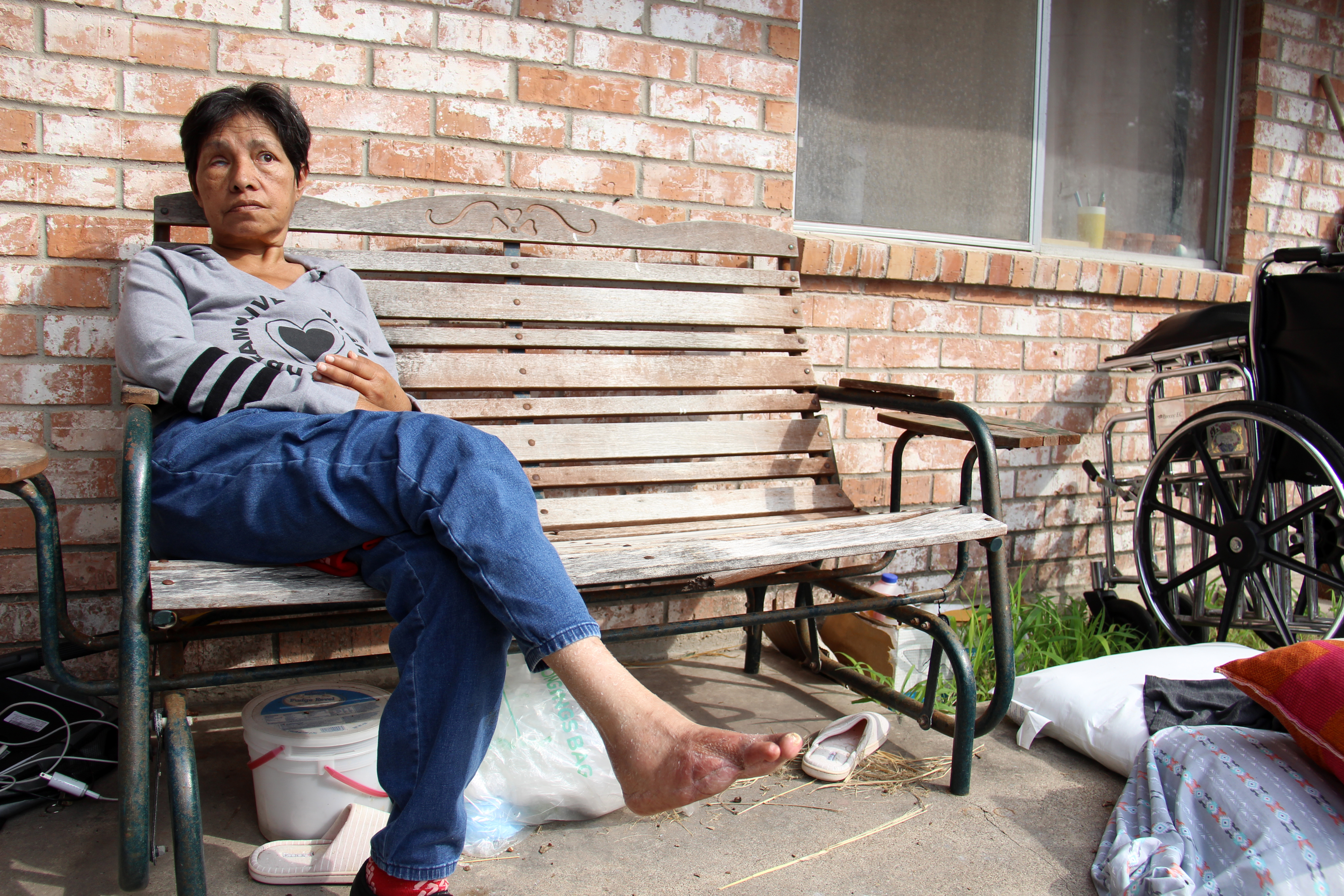
“What’s been really shocking and disturbing is oftentimes the age these patients will present with such horrific conditions,” said Christopher Romero, a doctor at Valley Baptist Medical Center in Harlingen. “They’re often younger than one might expect to have developed such severe complications. So it’s probably a result not only of it being poorly managed, but also being late in diagnosis.”
Even for patients who are diagnosed early in life, “making it to the doctor is just the tip of the iceberg when it comes to the challenges in dealing with diabetes,” said Romero.
On an unseasonably hot and sticky November afternoon, Daniel Zamora steps onto a scale in the cramped kitchen of his one-bedroom home near downtown Brownsville. “Pobrecito,” he mutters. Poor scale.
Zulema Medrano, a community health worker, or promotora, and diabetes educator at the local nonprofit Proyecto Juan Diego, laughs and scribbles Zamora’s weight in her notebook: 251 pounds. It’s gone down since their last check-in a few months earlier; that’s good news. The bad: Zamora’s blood sugar level is dangerously high, putting him at risk for more complications. Does he know why it might have spiked?
Zamora shakes his head. “La comida,” he guesses. Colorful fruit-and-vegetable-shaped magnets pepper the outside of his mostly empty refrigerator. On his kitchen table, next to his pile of pill bottles and blood-sugar tests, is a bag of limes, which he squeezes into water in place of soda. He’s trying to eat better, but it’s hard. Zamora’s favorite foods are ones he has eaten his whole life: menudo, enchiladas, tamales. He lists them slowly, as though dreaming up his next meal. Plus, healthy food is expensive, he says. At the corner store, he can get a plate of taquitos for just a few dollars.
Sometimes, for a bit of exercise and fresh air, Zamora takes a slow walk around his public housing complex, looping down a couple of blocks and back to his own, where, he says, he pays just over $150 in rent each month. An old bench press sits just inside the front door, stacked with papers, gathering dust.
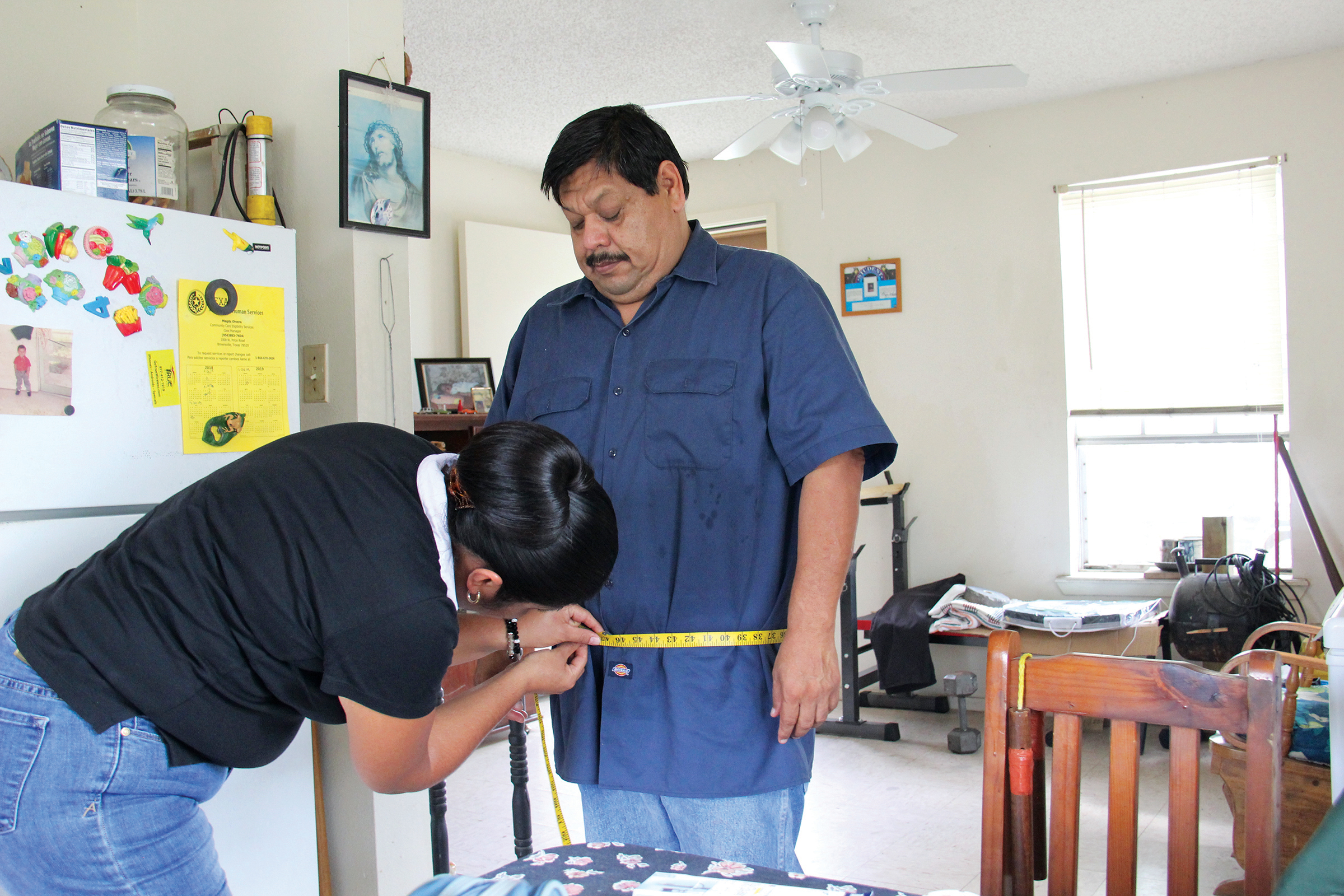
Zamora is enrolled in the Salud y Vida diabetes program, a partnership of local nonprofits, hospitals and universities. Funded in large part through a Medicaid Section 1115 waiver from the federal government, the program serves as a bridge between individuals and the health-care system, providing home visits and blood-sugar tests every three months, and seven classes on managing the disease.
Medrano and I leave Zamora and drive north on the highway back to her office, past towering fast-food signs and strip malls that connect Brownsville’s residential neighborhoods. She sighs, “Daniel’s not doing good right now.” Medrano decided to help diabetic patients like Zamora because her mom has had the disease for 30 years. Medrano, who has hypertension, used to be on that path too, previously weighing 200 pounds. Then she started eating better and taking Zumba classes through Proyecto Juan Diego, where she heard about the promotora job. But she no longer attends the exercise classes. “I’m too busy!”
Medrano shares a frustration I’ve heard from doctors across the Valley: People too often follow the advice of friends, family and neighbors instead of medical professionals. “If they don’t help us, how can we help them?” she says of patients skipping their meds or using unprescribed remedies. Part of it is cultural, Medrano explains: “That’s a typical thing with us, the Mexican people,” she laughs. “Normally with the people we work with, they believe other people and not their doctor. … They say that doctors only want their money.”
“When you lose your leg, it’s like losing a loved one. There’s anger, there’s depression, there’s sadness, there’s what-ifs, why me. You question it a lot.”
But it’s hard to separate cultural explanations from systemic ones. In the Valley, health care access is often sporadic and inconsistent, and community health centers are overburdened and underfunded; many people never form lasting relationships with health professionals. Zamora has spent his life without insurance, without a consistent doctor, forgoing necessary medicine or stretching doses because of cost. And he’s survived. So why should he take two different kinds of insulin now, he wonders — is that really necessary?
Another community program aims to reach people at risk of diabetes before it gets too bad. At a makeshift clinic in the pulga, or flea market, in Alamo, nestled among booths hawking tropical fruits, used clothing and Mexican candy, health workers offer free diabetes testing and consultation. Posters about nutrition and exercise cover the turquoise walls of the clinic, which resembles an elementary school classroom. So far, the grant-funded project has screened a few thousand Valley residents. Anyone who tests positive is referred to an appointment at a low-cost community health clinic.
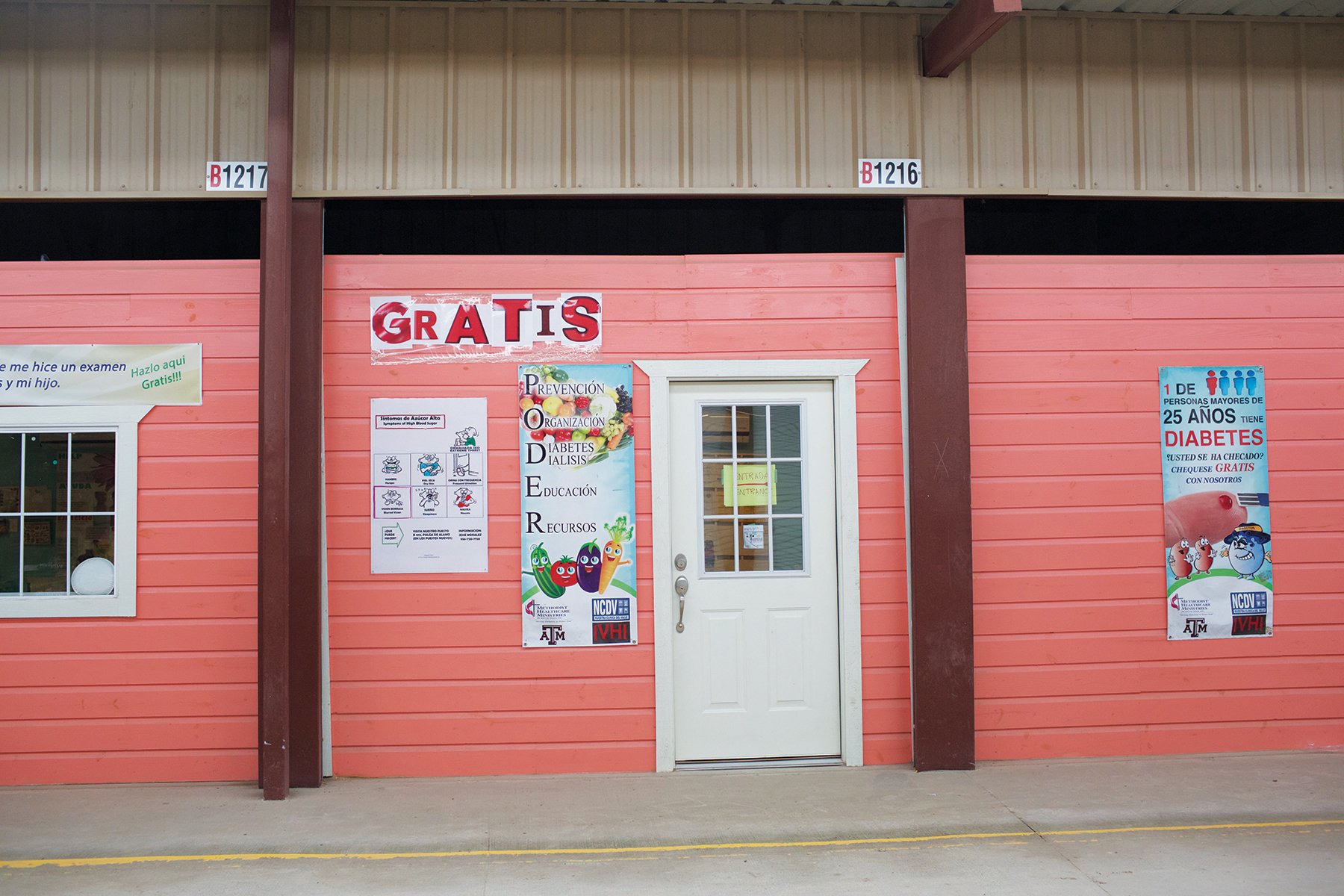
When I ask doctors and advocates across the Valley how the diabetes epidemic can be reversed and amputations reduced, they point to two broad and interconnected priorities: access to preventive health care and education. Funding community programs like Salud y Vida and the pulga clinic is an important first step. But in the long term, a patchwork of grant-dependent programs and cash-strapped clinics can only do so much.
The biggest leap forward would be for Texas to expand Medicaid under the Affordable Care Act. Yet Republican lawmakers, opposed to Obama’s signature law, have repeatedly declined billions in federal funds that would extend health care coverage to about 1 million poor Texans. In the Rio Grande Valley, about 100,000 people would be newly eligible for coverage, according to a December study from the Urban Institute, a Washington, D.C., think tank.
There’s a strong economic case for better access to preventive care, too. In Texas alone, there were just over 31,500 hospital discharges due to diabetic lower extremity amputations from 2014 to 2016, costing more than $3.4 billion, according to state data. That’s an average cost of about $108,700 per amputation. Just over half the amputations were covered by Medicare. About 15 percent of the cases were uninsured patients like Zamora, where the hospitals were likely on the hook for much of that cost.
“Anywhere we can keep people from having their first entrance into the medical system be in the emergency room, we’re saving money,” said Reininger, the UTHealth dean, who pointed to health coverage and “incentivizing prevention” as important steps. “If we build trails and people are more physically active, does that help? I think it does. When we do school-based interventions and we prevent kids from becoming diabetic at 14, do we save money in the long run? Absolutely.”
There’s been slow progress. Communities in the Valley have started farmer’s markets, organized races and built hiking paths in recent years. But a broader shift is needed, Reininger said, in how the country prioritizes health, and how it invests now for the sake of long-term savings — of taxpayer dollars, lives and limbs.
“We are not going to solve this issue one foot at a time, one toe at a time,” she said. “That is only putting a little Band-Aid on a very big issue.”
Top caption: Elizabeth Reynoso, whose leg was amputated in 2015, is the founder of a support group for amputees in the Rio Grande Valley.
